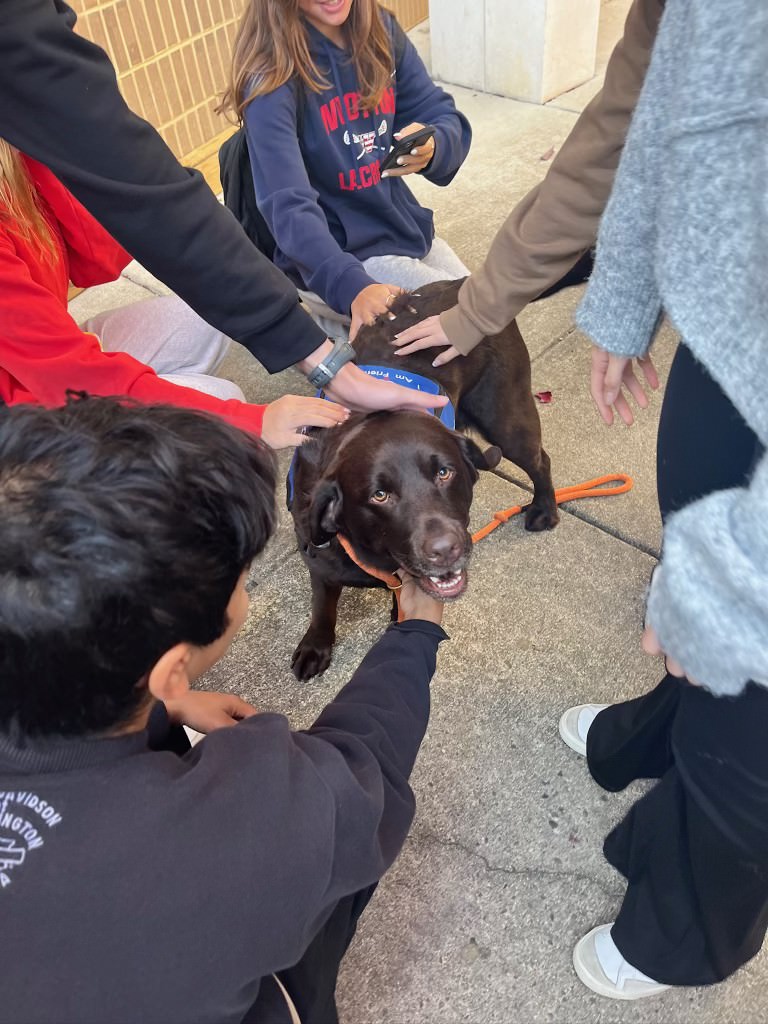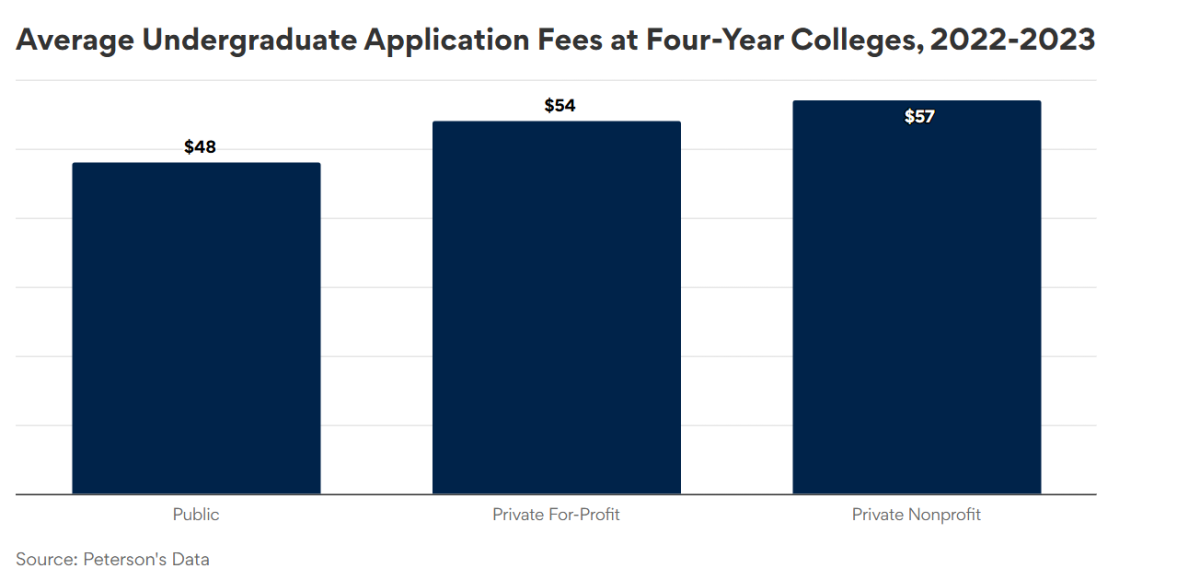Last year, this school introduced therapy dogs to the Autism and School Community-based program and since then, beloved pups, Brie and Cheddar have worked hard in supporting the school at large and spreading smiles through their visits.
Therapy dogs are cuddly and loveable, thus having the potential to light up almost anyones’ day, but the full process to become one is not easy. The process consists of training at schools such as the Animal Humane Society’s Training School to learn necessary skills and then graduate and earn the Canine Good Citizen Certification. As dogs can be capricious animals, regardless of how much training a dog receives, well-behaved dogs can still become aggressive, and are therefore a liability even after graduating as therapy dogs.
Other issues that hamper therapy dogs at school are students who are afraid of dogs or are allergic. According to the Asthma and Allergy Foundation of America, approximately 10% – 20% of the world’s population suffer from pet allergies and will be met with symptoms such as a runny nose, red watery eyes and coughing when exposed to allergens. Cynophobia, the fear of dogs, is another example of how therapy dogs, regardless of how affectionate, may not be beneficial to all students.
The first official therapy dog was a product of reliance on dogs’ assistance during World War II. Since then, therapy dogs have evolved and become popularized as a prominent fixture in the mental health arena, so much so that this school has its own therapy dogs.
Junior Bella Monarez’s favorite part of when Brie and Cheddar come is when they swarm her and she pets their soft fur. “I like petting them, they make me feel good, they give me a sense of energy and they make me miss my dogs so then I am like ‘Ugh I have to get through the day so I can go see my dogs and I’m going to be so much happier and take a nap with them,’” Monarez said.
According to the Alliance of Therapy Dogs Inc., therapy dogs can elevate participants’ mood, assist them in regulating emotions, help develop social skills, promote empathy, support patients working through mental disorders, as well as enhance motivation to engage in social or physical activities. As it relates to this school, “I think a lot of people at our school have things that they are dealing with that they don’t want to talk about, but seeing the happiness of the dogs because dogs are known as ‘man’s best friend’ and I feel happy when I see dogs, so I think it is like a general rule feeling of like ‘Oh my worries go away for a second,’” Monarez said.
The increasing usage of therapy dogs in schools to promote social and emotional learning is linked to improved school attendance, rise of confidence in participants, stronger relationships with teachers and peers as a result of greater trust, and a reduction of learner anxiety behaviors allowing for improved reading and writing skills, according to the Alliance of Therapy Dogs. Through working with administration, SGA has set up times where, “Therapy dogs come visit our school to help students de-stress and feel a sense of joy seeing adorable and loving dogs at school,” Nalibotsky said.
Dogs are often used in animal-assisted therapy or pet therapy, a type of therapy used in union with traditional therapy. According to UCLA Health, animal-assisted therapy serves to “provide comfort, reduce loneliness, lower anxiety and can provide an escape or happy distraction.”
From the standpoint of the physical health of participants, animal-assisted therapy can improve cardiovascular health through lowering blood pressure and help participants to relax more during exercise.
There is a distinct difference between the work of service dogs and therapy dogs. According to the NIH, service dogs are trained to help owners with disabilities, such as accompanying them in their day-to-day lives. Anyone can benefit from the comforting demeanor of therapy dogs and they can be any breed or mix.








![Editors-in-Chief Ahmed Ibrahim, Helen Manolis, Cameron Cowen, Alex Grainger, Emory Scofield, Hayley Gottesman, Rebekah Buchman and Marley Hoffman create the first print magazine of the year during the October press days. “Only a quarter of the schools in MCPS have programs that are like ours, a thriving, robust program. That makes me really sad. This is not just good for [the student journalists] to be doing this, it’s good for the entire community. What [student journalists] provide to the community is a faith in journalism and that continues for their lifetimes," Starr said.](https://woottoncommonsense.com/wp-content/uploads/2025/10/wmpoFTZkCPiVA3YXA4tnGoSsZ4KmnKYBIfr18p3l-900x1200.jpg)
